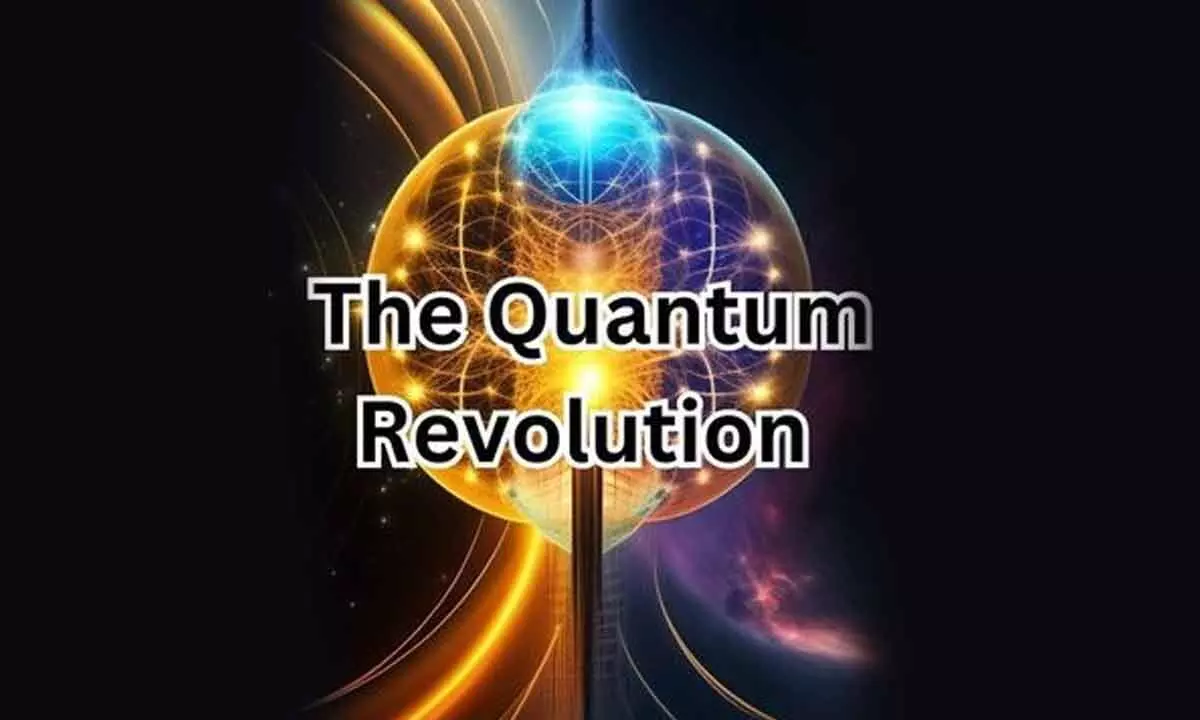The race to harness quantum technology has triggered the new industrial revolution
The way nature works in our life is described as classical physics
image for illustrative purpose

A crucial way quantum computing differs from classical computing is in using a property known as “entanglement”. Classical computing uses “bits” to represent information. These bits consist of ones and zeros, and everything a computer does comprises strings of these ones and zeros. But quantum computing allows these bits to be in a “superposition” of ones and zeros
Google and the XPrize Foundation have launched a competition worth $5 million to develop real-world applications for quantum computers that benefit society – by speeding up progress on one of the UN Sustainable Development Goals (SDGs), for example.
The principles of quantum physics suggest quantum computers could perform faster calculations on particular problems, so this competition may expand the range of applications where they have an advantage over conventional computers. In our everyday lives, the way nature works can generally be described by what we call classical physics. But nature behaves very differently at tiny quantum scales – below the size of an atom.
The race to harness quantum technology can be viewed as a new industrial revolution, progressing from devices that use the properties of classical physics to those utilising the weird and wonderful properties of quantum mechanics. Scientists have spent decades trying to develop new technologies by harnessing these properties. Given how often we are told that quantum technologies will revolutionise our everyday lives, you may be surprised that we still have to search for practical applications by offering a prize. However, while there are numerous examples of success using quantum properties for enhanced precision in sensing and timing, there has been a surprising lack of progress in the development of quantum computers that outdo their classical predecessors.
The main bottleneck holding up this development is that the software – using quantum algorithms – needs to demonstrate an advantage over computers based on classical physics. This is commonly known as “quantum advantage”. A crucial way quantum computing differs from classical computing is in using a property known as “entanglement”. Classical computing uses “bits” to represent information. These bits consist of ones and zeros, and everything a computer does comprises strings of these ones and zeros.
But quantum computing allows these bits to be in a “superposition” of ones and zeros. In other words, it is as if these ones and zeros occur simultaneously in the quantum bit, or qubit. It is this property which allows computational tasks to be performed all at once. Hence the belief that quantum computing can offer a significant advantage over classical computing, as it is able to perform many computing tasks at the same time. While performing many tasks simultaneously should lead to a performance increase over classical computers, putting this into practice has proven more difficult than theory would suggest. There are actually only a few notable quantum algorithms which can perform their tasks better than those using classical physics.
(The writer is Lecturer, School of Computer Science and Digital Technologies, Aston University)

